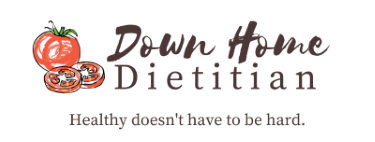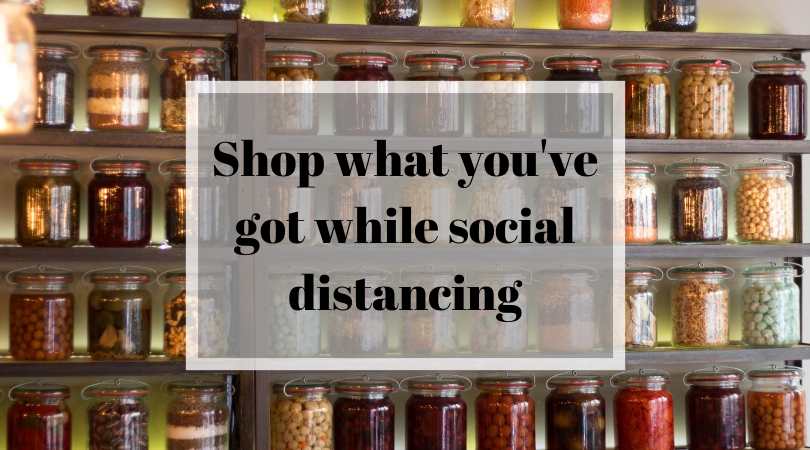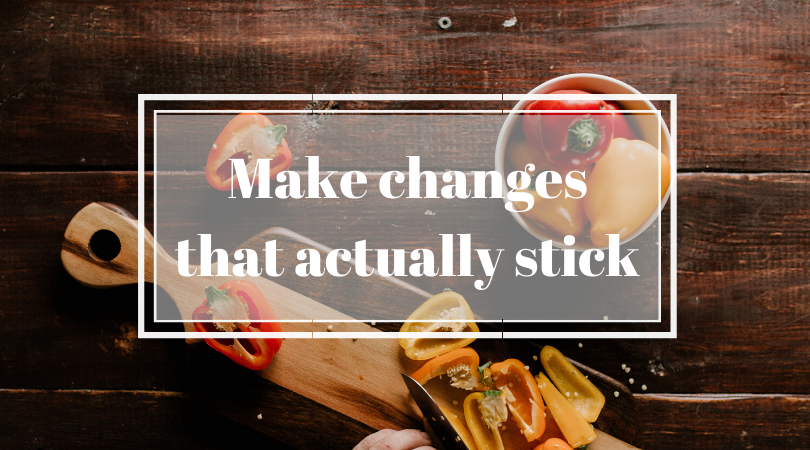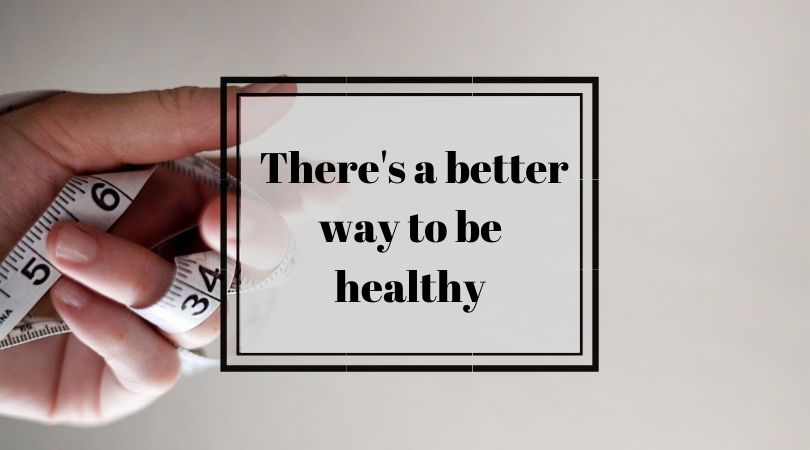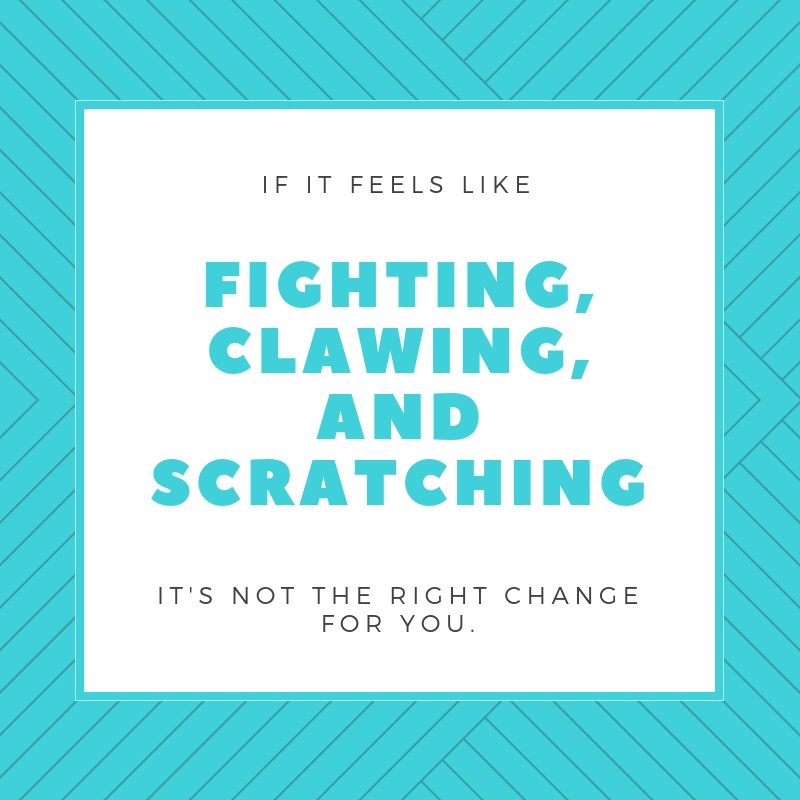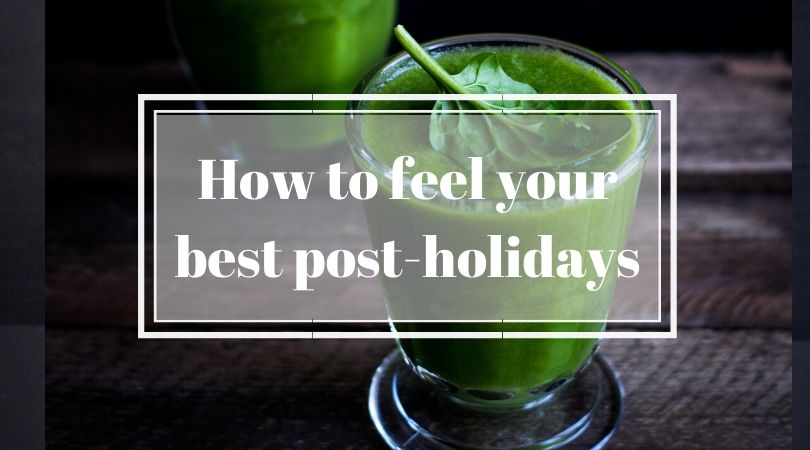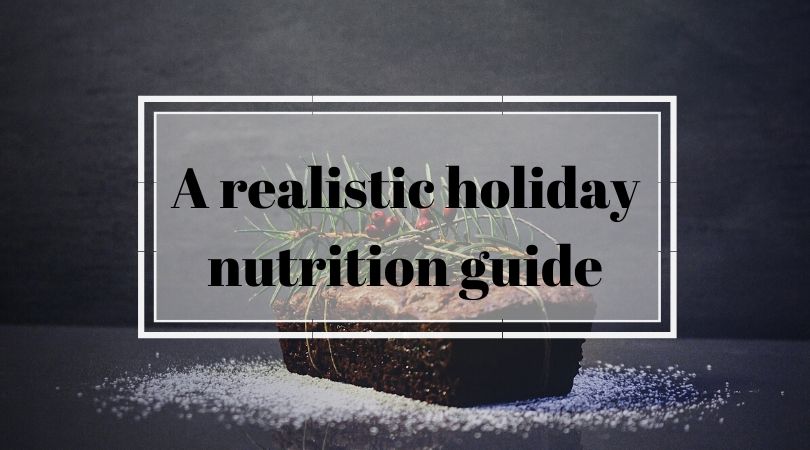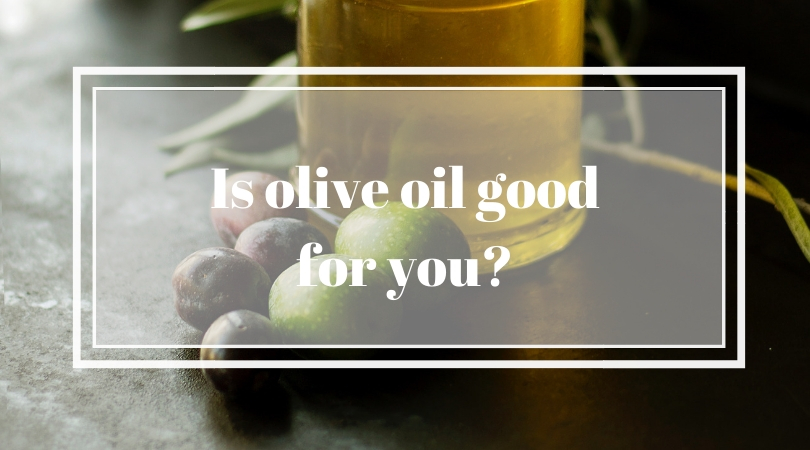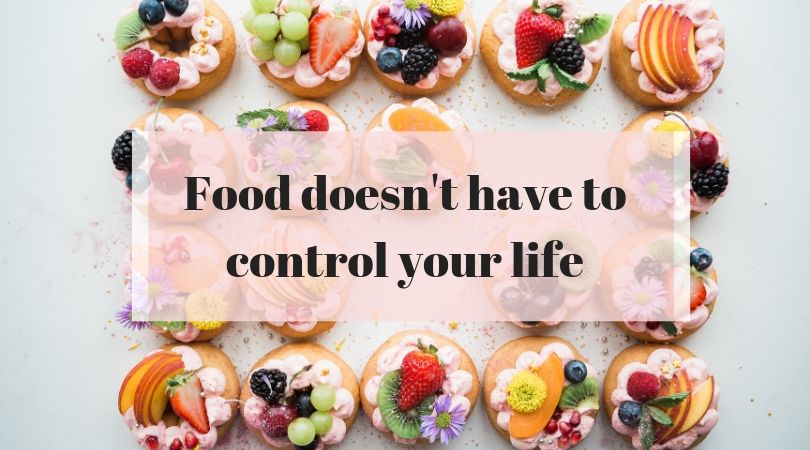We interrupt our regularly scheduled keto feature to bring you “Nutrition in Quarantine!” We are in strange times, folks. Many of us have been in Coronavirus quarantine for at least a few days now and some are struggling to access the foods they typically eat. Now is a great time to complete a pantry or freezer challenge (or both!). These challenges involve “shopping” and meal planning primarily from the foods available in your pantry or freezer. They are typically used to prevent food waste, clean out your cupboards, and save money on food. In this case, the challenge will accomplish these goals as well as help you navigate nutrition throughout your time at home. I’ll take you through the process of a pantry challenge step-by-step. I’ll also be holding a Facebook Live event this Friday, March 20th at 12:30 pm PST for Pantry Challenge Q&A. Mark your calendars to join me on my Dietitian on a Diet Facebook page!
So let’s start our pantry/freezer challenge!
Step 1: Take Inventory
This can be a tedious process, but it’s crucial that you at least have some written representation of what is available to do the challenge most effectively. If it’s been a while since you’ve cleaned out your freezer or pantry, this could take a while but the silver lining is, this challenge will be easier the more you have available! I recommend separating your list into things that need to be used up (usually perishable foods or those nearing expiration), and things that you have available but will keep for a while. To simplify the process, feel free to lump foods you know you have into categories. For example, instead of writing “flour, sugar, baking soda, salt, etc.” it’s fine to write “baking supplies.” Each week it will be easier since you’ll have the list from the week before.
Here’s my first week pantry challenge inventory for an example:
Need to use up: |
Available |
|
| Dairy | cottage cheese x 2 feta cream cheese |
frozen ricotta cheese cheddar cheese 1/2 gallon chocolate milk |
| Veggies | asparagus water chestnuts pickled beets onion cauliflower mushrooms baby tomatoes |
peas/corn/carrots mixed veggies frozen stir-fried veggies frozen pumpkin puree frozen diced onions/peppers canned green beans |
| Protein | hummus | 2 links chicken sausage 1 frozen cooked pork chop 1 large frozen swai fillet 2 pcs cooked frozen carnitas frozen cooked turkey 2 c. frozen ham frozen ground beef 2 whole turkeys frozen top round steak dry beans/lentils mixed nuts |
| Grains/Starches | red potatoes MaSeCa corn meal |
3 whole wheat + 8 white hot dog buns frozen tater tots 6 sesame seed hamburger buns frozen cheddar jalapeno bagels 1/2 box Cheez-Its pita bread tortillas quinoa/rice/pasta/oats Ethiopian injera bread baking supplies |
| Fruit | dried fruits/raisins | frozen berries 15 gallons apple cider frozen plums canned peaches/pears/applesauce |
| Miscellaneous | beef broth ground flaxseed |
red curry paste Schezuan seasoning |
Step 2: Mix and Match to Make Meal Ideas
Sometimes groups of foods will stand out to you as things that go together well. For example, in my list, I see turkey, tomato, onion, pitas, and hummus that could go together to make gyros. Make a list of possible meal or recipe ideas that you see from the list you have available. For certain rarely-used ingredients, think of the recipe you bought them for in the first place. For me, I buy MaSeCa corn flour to make pupusas (Salvadoran savory corn “pancakes”). I have never actually used it for anything else. Fortunately for me, I see the rest of the ingredients for pupusas on my list, so that’s going to be an option.
A couple of tips for this step:
- Catch-alls: Curries, stir-fries, soups, scrambles, smoothies, and compotes are all examples of dishes that can be made with a wide variety of different fruits and vegetables. For more info on catch-alls, check out this post.
- Recipe by ingredient resources: Websites/apps like Supercook or the Diabetes Food Hub (even if you don’t have diabetes!) allow you to search their databases by the ingredients you have available.
You can see my list of possible meal ideas below.
- turkey dinner w/mashed potatoes, gravy, and green beans
- Thai curry
- lasagna casserole
- gyros
- macaroni and cheese
- steak, potatoes, and veggies
- breakfast cookies
- baked beans w/ham and cornbread
- masala lentils w/Ethiopian injera bread
- pupusas
- fruit & nut granola bars
Step 3: Select Your Meals
Decide if your goal is to get through the week without shopping at all, or if you plan to make a small grocery shopping trip. Skim your list to choose meals that use as many of your “need to use up” ingredients as possible, and don’t need ingredients you don’t have or can’t substitute (if you’re aiming not to shop – I’ll have a post coming up soon on making substitutions!). If there are things that you will need, make a shopping list. Here’s my first week’s meal plan:
Monday: steak, potatoes, veggies
Tuesday: leftovers
Wednesday: lasagna casserole
Thursday: Thai turkey red curry
Friday: macaroni and cheese with sausage
Saturday: potluck (bring 2 gallons cider)
Step 4: Shop if Needed
Head to the store and pick up the few things you might need if you’re planning to shop. With my first week, I was able to cut my grocery bill from my usual $100 per week to only $54!
Hopefully these tips will help you feel more confident in using the food that you already have in your pantry or freezer. Not stressing about food can be a huge comfort in the midst of all of the confusion. I would be remiss if I did not mention that my greatest source of peace and comfort in all of this is knowing that God is in control, that Jesus died for me, and that no matter what happens, I’m in good hands. I hope you know the same peace and comfort, so the stresses of the world shrink in comparison to His goodness and grace. Hang in there, folks – we will get through this!
You Might Also Like
The Must-Try Meal Planning Hack to Stop Wasting Time and Money
